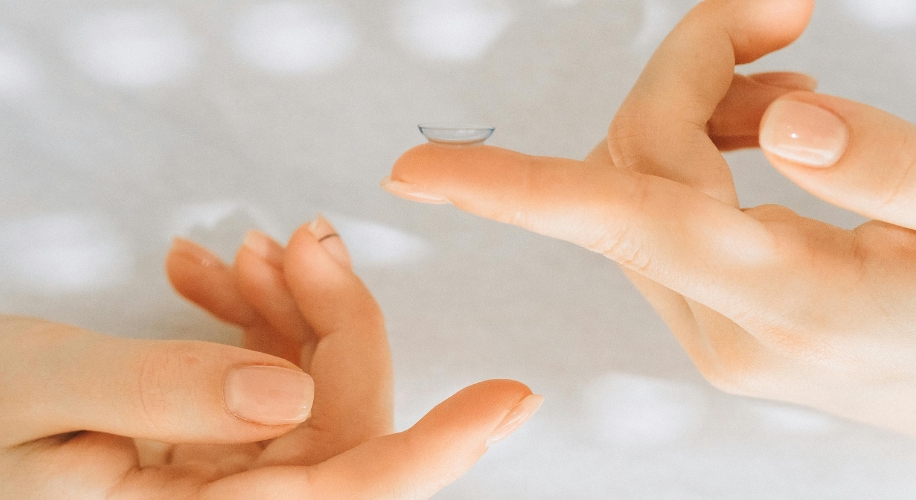Preventing Acanthamoeba Keratitis from Contact Lens Wear
Contact lenses provide clear vision and convenience, but they also come with risks that wearers should be aware of. One such risk is acanthamoeba keratitis, a rare but serious eye infection. Understanding this potential hazard is crucial for maintaining eye health while enjoying the benefits of contact lenses.
What is Acanthamoeba Keratitis?
Acanthamoeba are microscopic organisms commonly found in water sources such as lakes, rivers, and even tap water. While they rarely cause problems for most people, they can pose a significant risk to contact lens wearers. Acanthamoeba keratitis occurs when these organisms infect the cornea, the clear dome-shaped surface that covers the front of the eye. This infection can lead to severe pain, sensitivity to light, and in some cases, permanent vision loss if not treated promptly.
How Does Acanthamoeba Keratitis Relate to Contact Lens Wear?
Contact lens wearers are particularly susceptible to acanthamoeba keratitis for several reasons:
- Exposure to Water: Contact lenses can trap water against the eye, providing a perfect environment for acanthamoeba to thrive if the water is contaminated.
- Poor Lens Hygiene: Improper cleaning and disinfection of contact lenses increase the risk of infection. Acanthamoeba can adhere to contact lenses and survive even if the lenses are cleaned with standard solutions.
- Lens Wear Practices: Extended wear of lenses, wearing lenses while swimming or showering, and using tap water to rinse lenses or cases are all habits that can increase the likelihood of infection.
Preventive Measures to Reduce the Risk
Fortunately, there are several steps contact lens wearers can take to minimize the risk of acanthamoeba keratitis:
- Proper Hygiene: Wash hands thoroughly before handling lenses. Follow recommended cleaning procedures for lenses and lens cases, using only sterile solutions recommended by your eye care professional.
- Avoid Water Contact: Remove lenses before swimming, showering, or using hot tubs. Avoid rinsing lenses or lens cases with tap water.
- Regular Eye Exams: Schedule regular check-ups with your eye care provider to ensure your eyes remain healthy and to catch any potential issues early.
Recognizing Symptoms and Seeking Treatment
Early detection and treatment are crucial in managing acanthamoeba keratitis. Symptoms may include redness, eye pain, blurred vision, and sensitivity to light. If you experience any of these symptoms, remove your lenses immediately and consult your eye care professional. Prompt treatment typically involves intensive antimicrobial therapy, which may include prescription eye drops.

While the risk of acanthamoeba keratitis is relatively low, it’s crucial for contact lens wearers to understand the dangers of improper care and exercise caution to minimize contamination from water. By consistently following recommended hygiene practices and promptly seeking medical attention if symptoms develop, contact lens wearers can safeguard their eye health and maintain clear vision with confidence.



